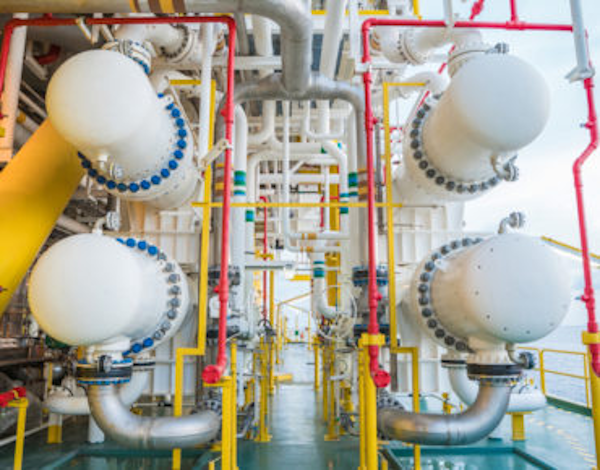
Charles R. Goulding and Preeti Sulibhavi consider a few examples of artificial intelligence, machine learning, and 3D printing combining for more powerful solutions.
The 3D printing industry is becoming a major beneficiary of AI and machine learning. As an example, Shell Oil on February 1 announced it is putting renewed emphasis on its partnership with Microsoft, C3.ai and Baker Hughes in a program called the Open AI Energy Initiative (OAI).
This initiative is an open ecosystem of AI-based solutions for the energy and process industry. The OAI provides an open framework for energy operators, service providers, equipment providers, and independent software vendors for energy services to build and offer interoperable solutions on the BHC3 AI Suite and Microsoft Azure. The first set of solutions includes Shell and Baker Hughes reliability solutions proven at scale to improve uptime and performance of energy assets and processes.
The stated goal of this partnership is to use AI and machine learning to identify oil field ready-wear components which are specially enumerated as including valves, compressors, pumps and turbomachinery. Baker Hughes has its own 3D printing capabilities and partnership with WINA, the North American subsidiary of Wurth Group, the world’s largest fastener distribution company for in-field 3D printed part replacement.
Caterpillar is another example of a major industrial company that has 3D printing expertise and uses AI/machine learning to identify worn parts in both its heavy construction and locomotive businesses.
Companies developing solutions using AI, machine learning and 3D printing may be eligible for Research and Development (R&D) Tax Credits.
The Research & Development Tax Credit
Whether it’s used for creating and testing prototypes or for final production, 3D printing is a great indicator that R&D Credit eligible activities are taking place. Companies implementing this technology at any point should consider taking advantage of R&D Tax Credits.
Enacted in 1981, the now permanent Federal Research and Development Tax Credit allows a credit that typically ranges from 4%-7% of eligible spending for new and improved products and processes. Qualified research must meet the following four criteria:
- Must be technological in nature
- Must be a component of the taxpayer’s business
- Must represent R&D in the experimental sense and generally includes all such costs related to the development or improvement of a product or process
- Must eliminate uncertainty through a process of experimentation that considers one or more alternatives
Eligible costs include U.S. employee wages, cost of supplies consumed in the R&D process, cost of pre-production testing, U.S. contract research expenses, and certain costs associated with developing a patent.
On December 18, 2015, President Obama signed the PATH Act, making the R&D Tax Credit permanent. Since 2016, the R&D credit has been used to offset Alternative Minimum Tax (AMT) for companies with revenue below $50MM and, startup businesses can obtain up to $250,000 per year in payroll tax cash rebates.
Conclusion
AI, machine learning and 3D printing are now growing mainstream industries that started decades ago while making great progress in recent years. Combining the best of both industries will now produce great results.
